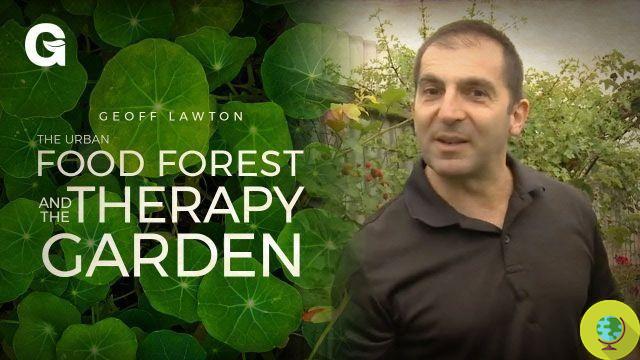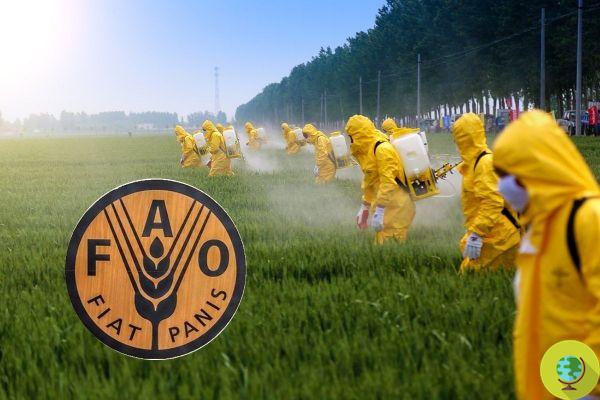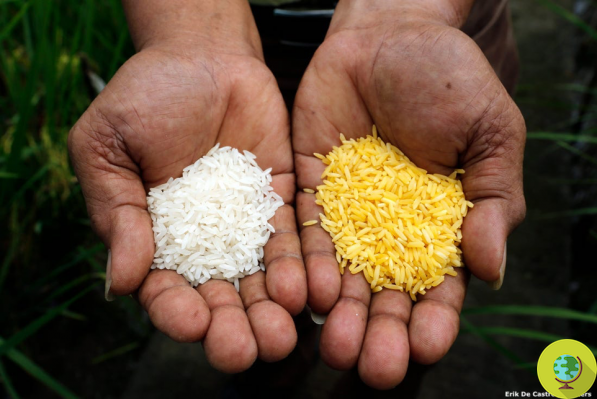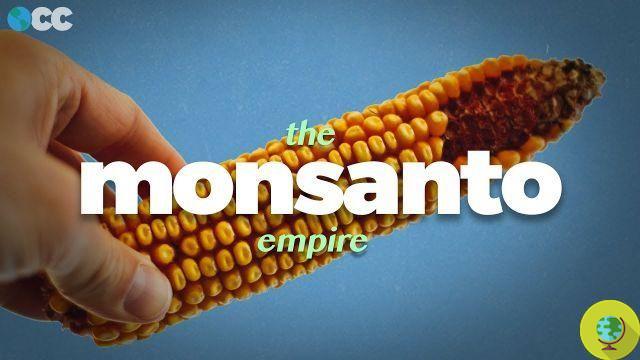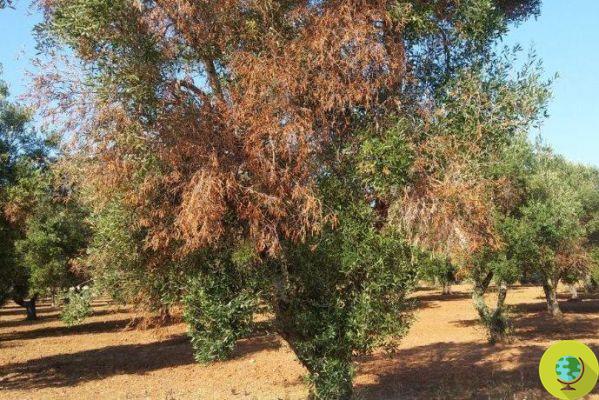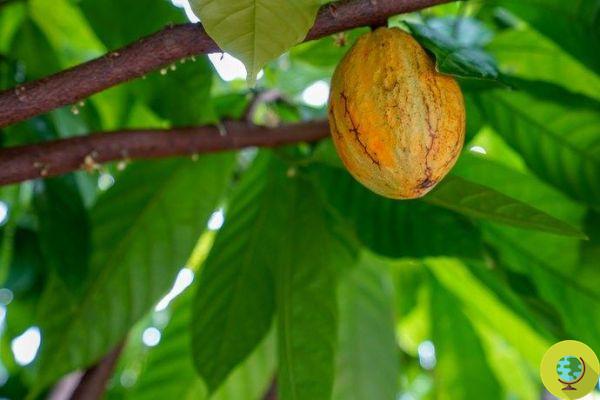Amaranth versus Monsanto. Will it be a plant known since ancient times to oppose Monsanto's actions? The news is from a couple of years ago, but is currently continuing to bounce among Social Media precisely in a period in which Monsanto seems to be strengthening, especially following President Obama's signing of the Monsanto Protection Act and subsequent confirmation. the prohibition by farmers to circumvent the patents on seeds imposed by the multinational reiterated by the US Supreme Court.
He is about to end up run over, his mother saves him
It will be theamaranth, a plant known since ancient times, to counteract the work of Monsanto? The news is from a couple of years ago, but it currently continues to bounce around on Social Media precisely in a period in which Monsanto seems to be strengthening, especially following the signature by the president. Barack Obama al Monsanto Protection Act and subsequently to confirmation of the ban by farmers to circumvent the seed patents imposed by the multinational confirmed by the US Supreme Court.
It is nature itself that rejects GM crops. Amaranth, the treasure of the Incas, a pseudo-cereal at the base of the diet of Central American populations since pre-Columbian times, has proved to be the protagonist of a real natural crusade against GM crops Monsanto, based on what was communicated by Unveil Civil Association in a note dal titolo “Nature strikes back: Inca amaranth devours transgenics from Monsanto”.
Amaranth, a herb sacred to the Incas and Aztecs, would become a nightmare for Monsanto, due to its ability to invade cultivated fields with the use of seeds of GMO soy. It all began in 2004, when an Atlanta farmer realized how amaranth (potentially, a weed) could resist the powerful herbicide. Roundup, based on glycosphate, and to invade GMO soybean crops.
On the one hand, amaranth is therefore considered to be an annoying weed by those involved in cultivation using GMO seeds, while on the other hand, amaranth can be considered a nutrient rich food, a precious food for the future to use, considering its natural resistance to one of the most harmful herbicides as positive. Compared to soy, amaranth would have a higher protein and vitamin content, with particular reference to vitamin A and vitamin C.
It could be valued as a natural food rich in nutrients for all intents and purposes, while herbicide manufacturers, such as Monsanto, would be looking for the solution for get rid of amaranth as a weed. Amaranth, however, would be able to make fun of the products and technologies put in place by Monsanto.
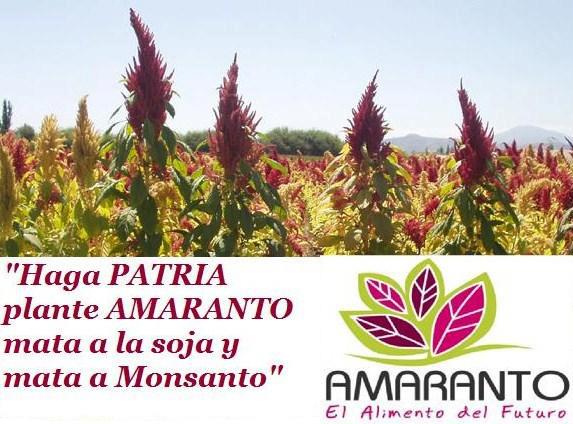
Photo source: http://reflexionesporadica.wordpress.com
Not only would it turn out roundup resistant, but it would be able to grow, given its robustness, even in adverse weather conditions, without being affected by diseases or insects, thus making it unnecessary to resort to pesticides for its cultivation. In a world that rotates upside down, economic and natural resources are wasted for the creation of seeds resistant to adversity, when they already exist in nature and could represent a solution that can be easily used to obtain productive crops without the need to use herbicides and pesticides.
Marta Albè
READ also:
Amaranth: the "cereal" of the Incas and Aztecs
Patents on seeds: the Petition against Monsanto
GMO: Monsanto wins in front of the Supreme Court, it is forbidden to bypass ...





